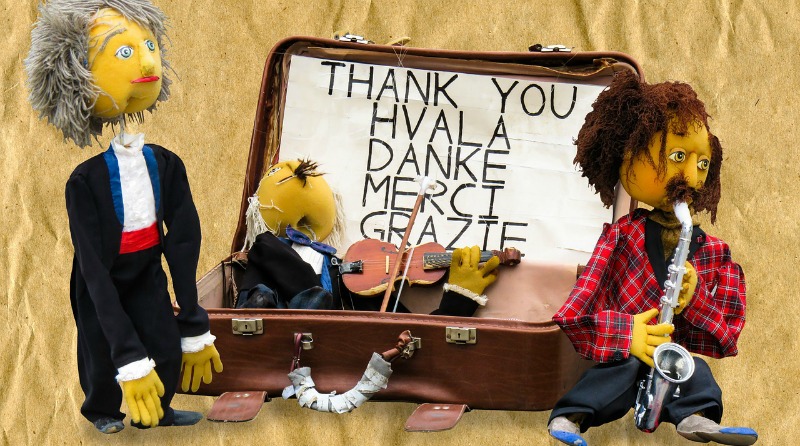
This Week’s Insights: It don’t mean a thing if it ain’t got that meta-data… A critic finds herself being more mom than critic… How did musical theatre suddenly become hot with European audiences?… How young classical musicians are trying to sell their art… Arts Council England postpones audience engagement measurement requirements.
- Sometimes It’s All About The Meta-Data: Time was when classical music drove innovation in recording technology. The CD format is essentially the CD format it is because of classical music. But MP3s and modern digital recording meta-data that travels with any recording track, is woefully deficient, particularly for classical music. So what’s the problem? “The back of the original CD, and the LP, lists personnel. There is studio information and other details. On other releases there might be liner notes or additional images. This material is what I fed on as a young listener, and I’m still hungry for it today. Much of it disappears when I rip a disc to my hard drive, and online services generally don’t fill the gaps. Sure, background is available to varying degrees in a constellation of mutually supportive and competitive complementary services, from Discogs to Genius.com to Wikipedia to AllMusic.com, but that collective effort doesn’t satisfactorily fill the bill.” Worse, the meta-data failures make it difficult to even find or organize classical tracks.
- When The Critic Listens As A Mom (And Sees A Performance In New Light): The Washington Post’s Anne Midgette takes her son to a performance of “The Sound of Music” and finds herself considering the show in an unfamiliar way. “In my unfamiliar role as plain audience member, and parent, I found myself partaking of a protective view of the live performing arts that I generally abhor. All too often, I feel, live performance is treated as an invalid, something that needs to be shielded from the harshness of the outside world. It shouldn’t need this kind of special handling; and in my professional life I encourage myself and everyone to take a more active relationship, to dare not only to attend, but not to like. Yet I somehow seemed to fear, for my child.”
- Why Is Musical Theatre Suddenly Hot in Europe? From a few hundred thousand people a decade ago, an audience of up to two million people (out of a population of 17 million people) now visit a musical each year in the Netherlands. In Germany and Spain, audiences are also flocking to musicals. What happened? “Bringing top West End and Broadway shows to European audiences in their own language; hosting the shows at Stage Entertainment theatres so “you can really create the hospitality for your visitors”; and developing its own creative work.”
- Today’s Young Classical Musicians Are Selling The Art In New Ways: Violist Nadia Sirota has become a young rock star: “When I got to Juilliard in 2000, I encountered a pretty sad, fatalistic attitude: We’re teaching you something we all love and believe in but we don’t know how to get you employed.” She and her friends were energized by that depression, convinced that a) classical music couldn’t possibly be dying since it felt so intense and essential to them, and b) the only way to save it was to sell it to their uninitiated peers.
- Finally – Arts Council England Delays Its Plan To Require Arts Orgs To Measure Audience Engagement: The council had said it would require funded arts organizations to use a measurement system to track their audience engagement. Problem is, critics say the system is flawed, and arts organizations have protested. This week ACE conceded to the protests and said: “Our focus is on achieving the right result for the sector and Arts Council England, so we are reviewing our approach to ensure that we meet these needs. Once a decision has been made, we will of course make all interested parties aware.” The question remains: can you really definitively standardize measuring how much people are engaged with a performance?
Leave a Reply